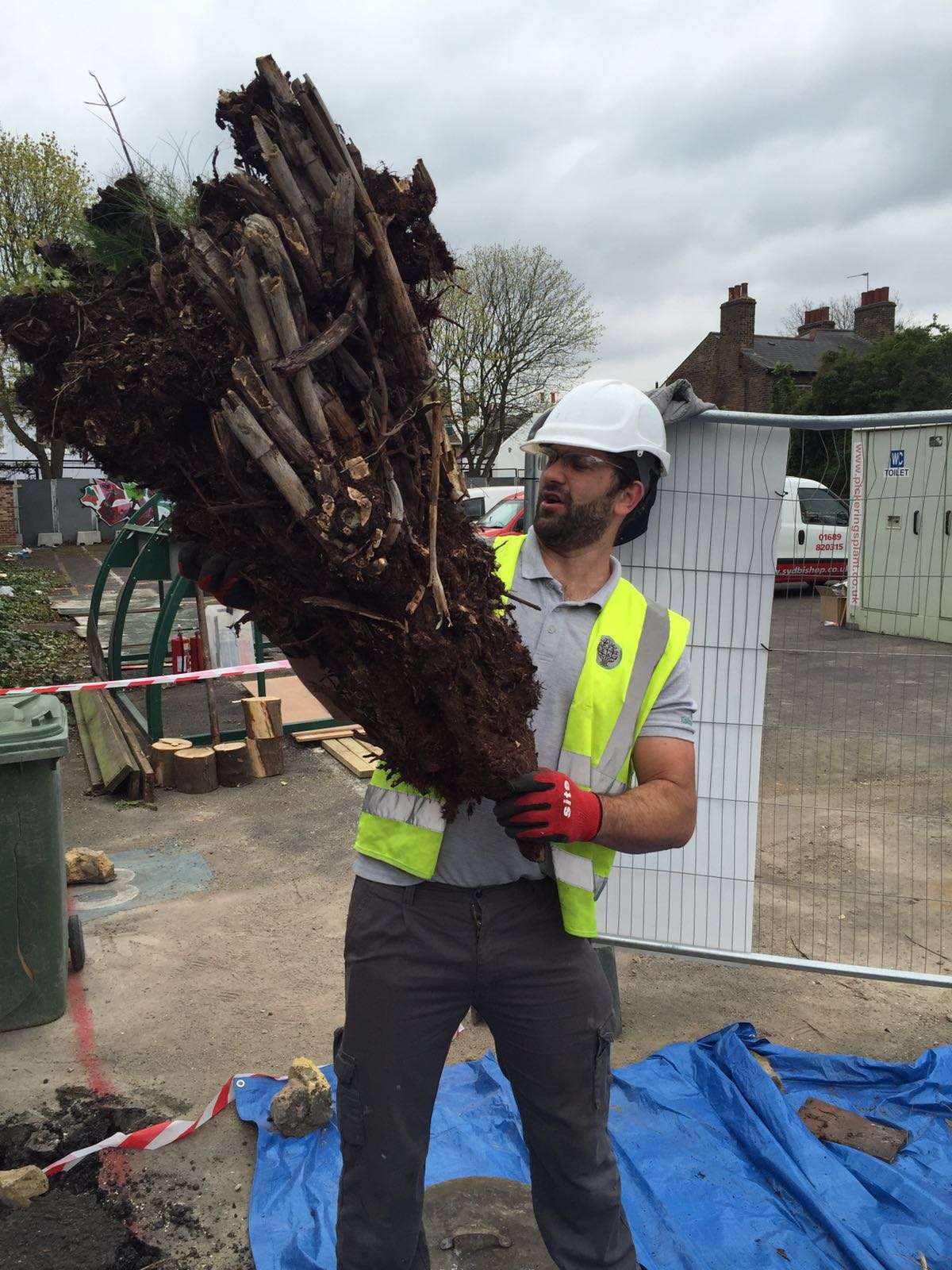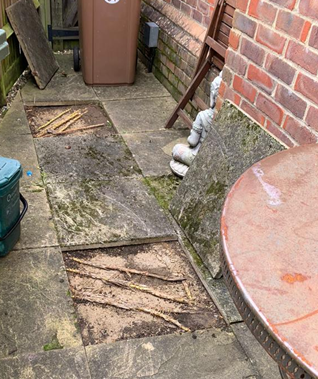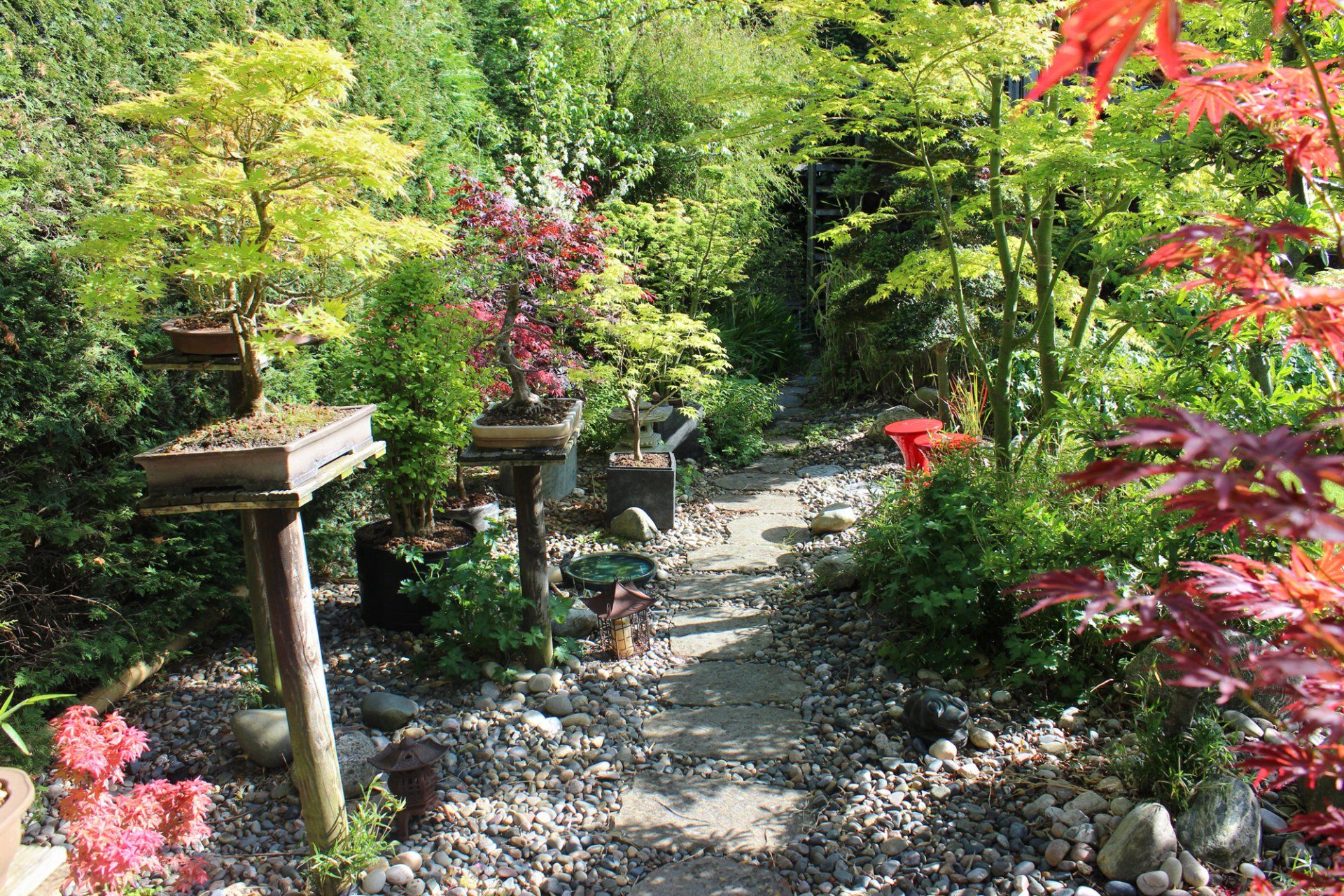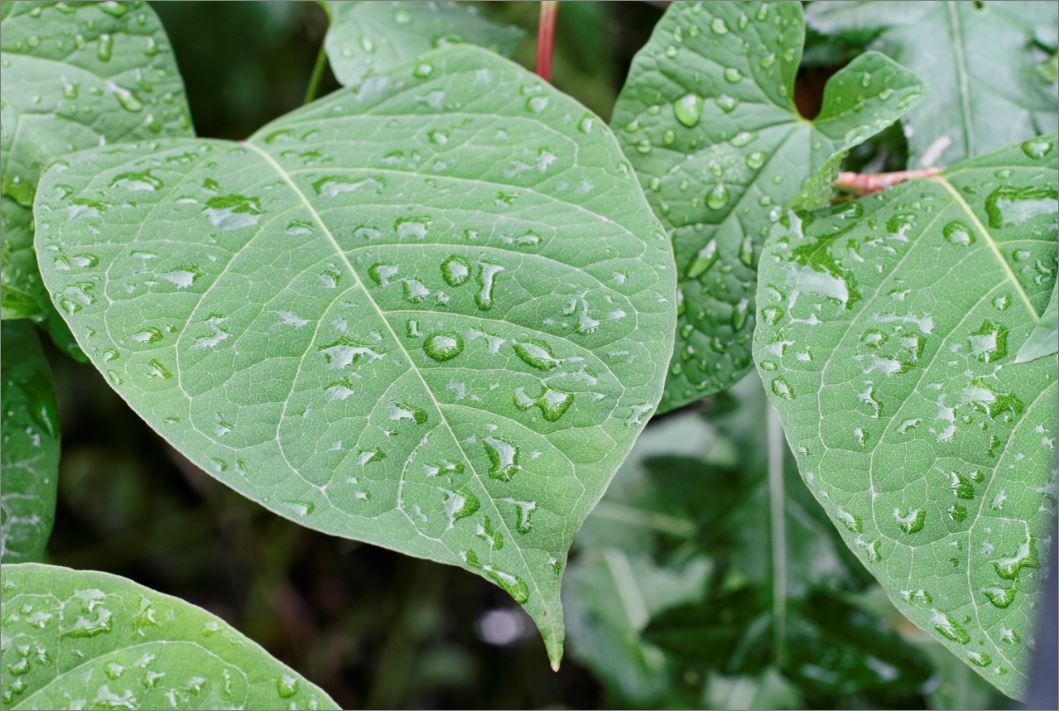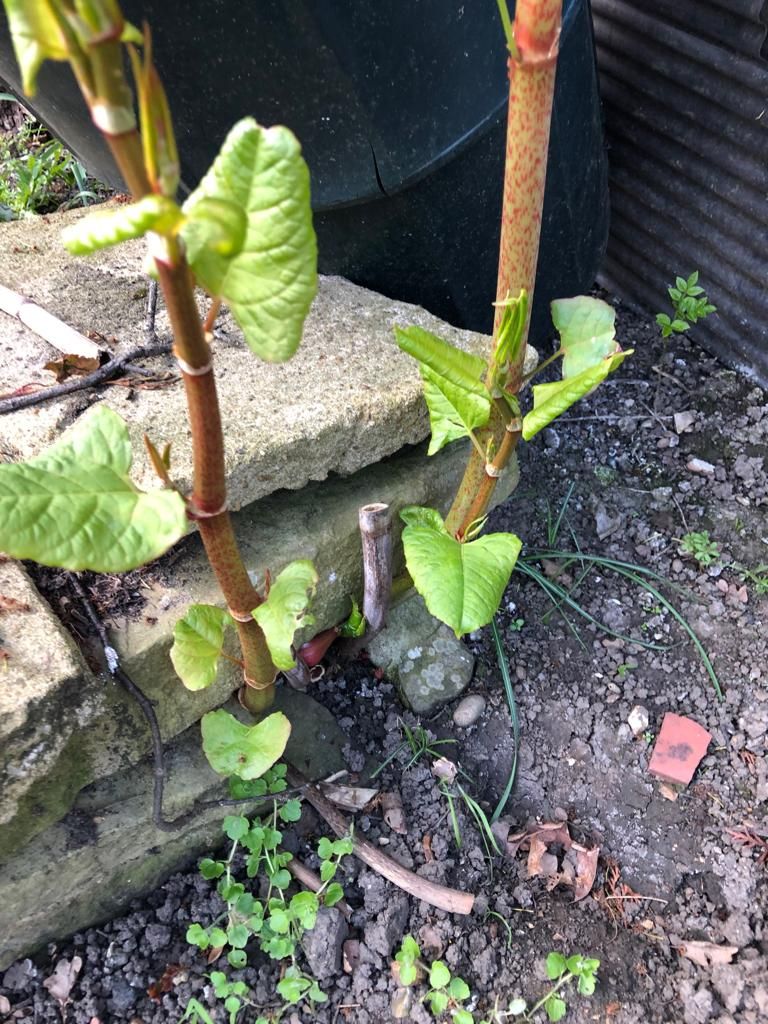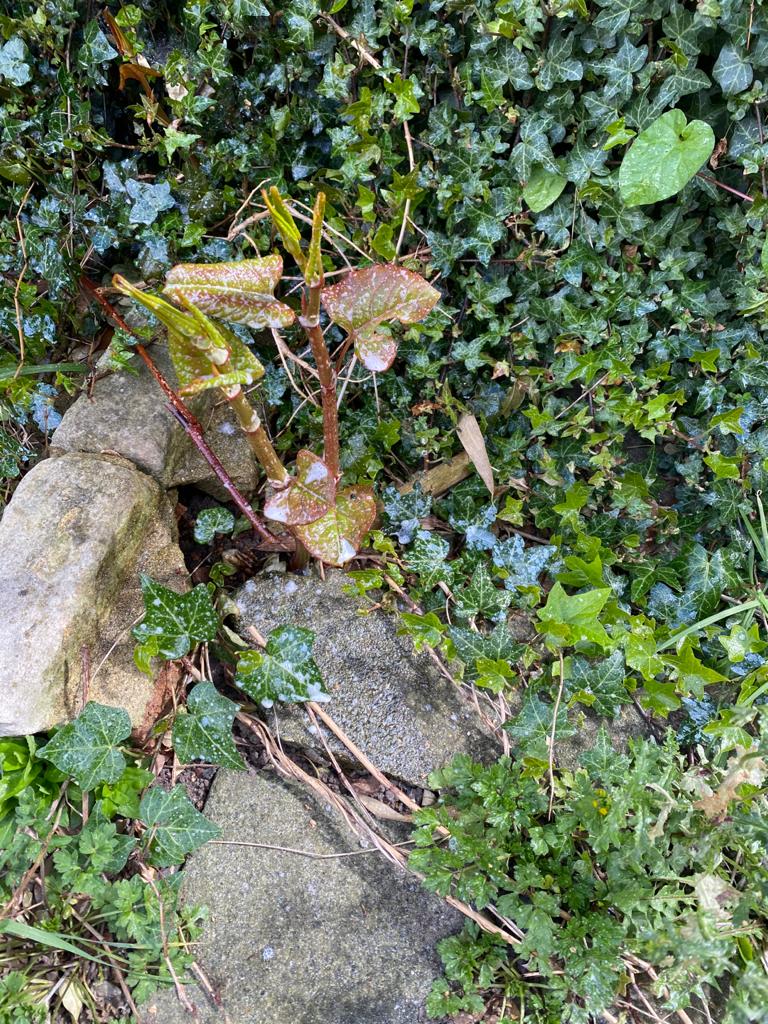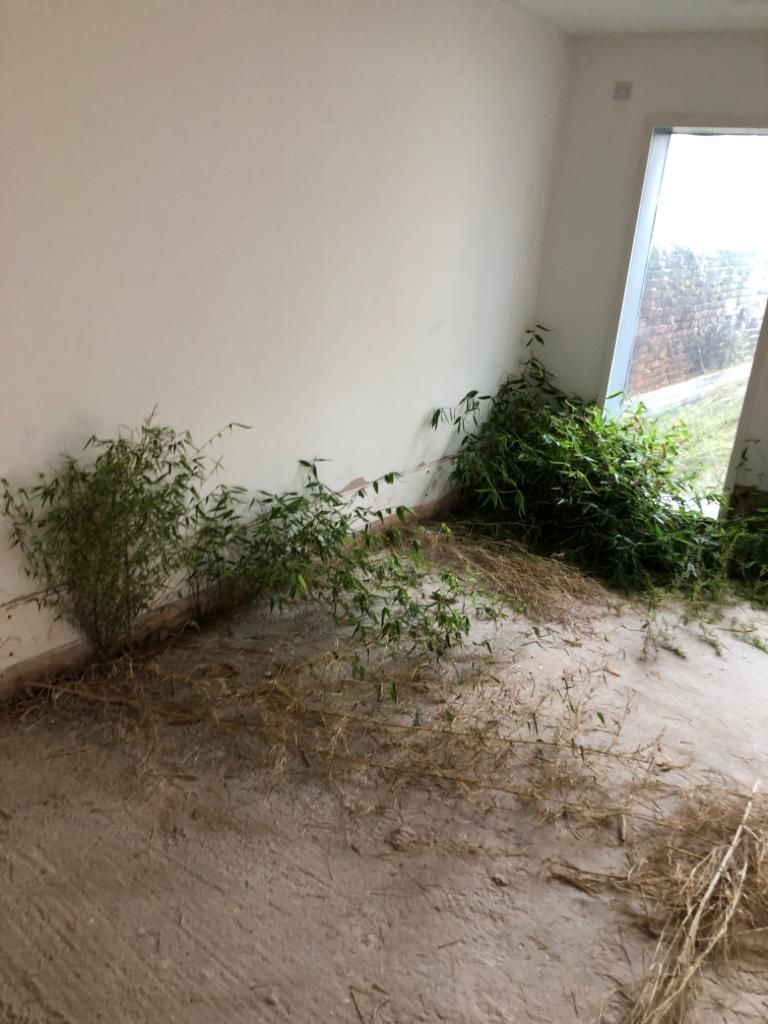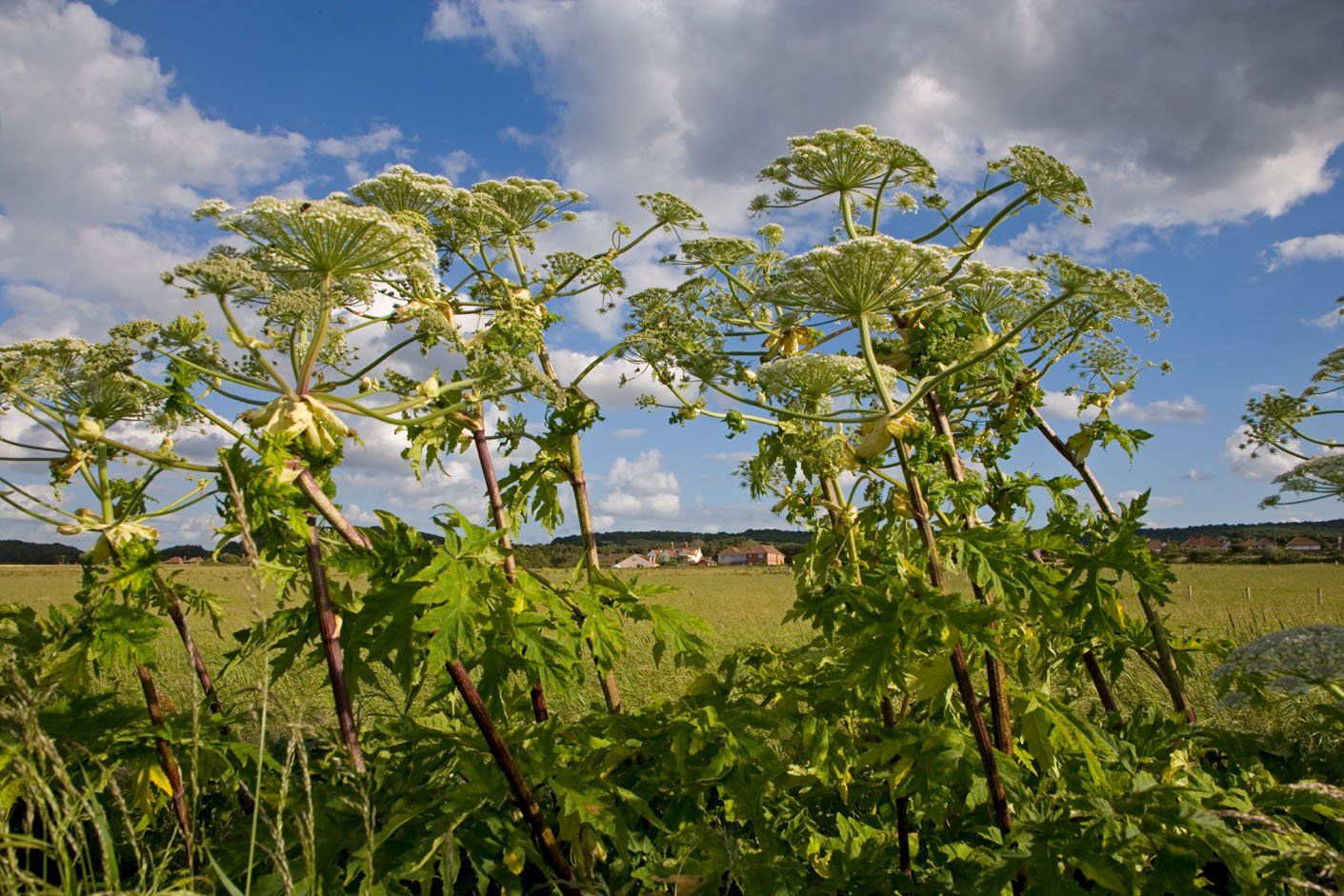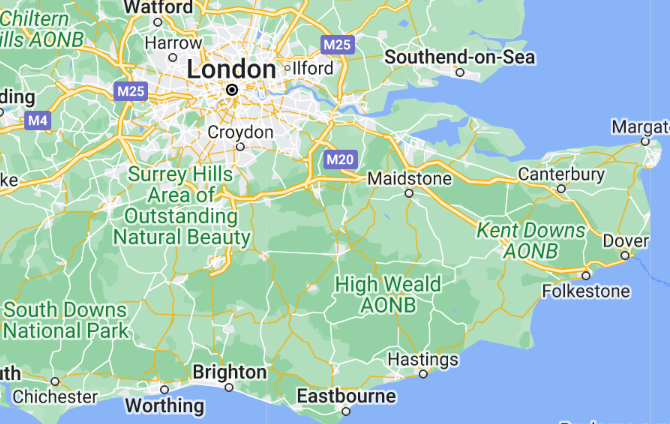The Benefits of Planting Native Plant Species
Britain is home to over 1,000 native plant species, all of which are incredibly beneficial to the efficiency of our ecosystem. Along with these, we now house many non-native species, some of which are incredibly invasive and pose a threat to our indigenous flora and fauna.
The spread of these invasive species (such as Japanese knotweed, giant hogweed, Himalayan balsam and bamboo) means now is more important than ever to plant and promote the growth of our native vegetation. Keep reading to discover the benefits they have to offer.
Water, Fertilisers and Pesticides
Years of adaptation mean that native plants are able to thrive in our natural environments without the need of human intervention to aid in their care.
In both fertile soil and low-nutrient soil, native plants have adapted to the ecosystem they are in, meaning they are able to get the nutrients they need from the soil in which they grow and survive off these. This reduces the need for fertilisers, which is advantageous both economically and environmentally - not only are you saving money on having to buy fertiliser, but they often pollute waterways and are toxic to the wildlife in them.
Similarly, native species have adapted to the water levels of where they grow. This removes the need for irrigation and saves you a lot of valuable clean water as a result. This year alone we have faced a number of hosepipe bans, which, going hand in hand with the recent increase of water bills, makes native plants a much more favourable choice for your garden.
Native plant species have also developed natural defences to harmful organisms and diseases in the surrounding area, reducing the need for harmful pesticides, as well.
Natural Habitats
Plants and animals often work in harmony, which is why indigenous plants play an important role in the protection of our native wildlife.
A lot of them provide both food and shelter for many insects, birds and other animals - significantly more so than non-native species do. Here are a few examples:
- Hazel Hedge: Provides shelter for small animals such as hedgehogs and rabbits.
- Oxeye Daisy: Offers nectar to various pollinators including bees, butterflies and hoverflies.
- Blackthorn: The thorny, dense thicket of this shrub not only provides habitat for birds to nest in, but produces sloe berries in the autumn that they can eat.
- Oak Trees: Many animals (for example mice, badgers and squirrels) eat the acorn nuts that grow on and fall from oak trees.
Erosion
Native plant species tend to have deep root systems. Not only does this aid in their ability to source water and nutrients from the local environment, but they act as an anchor that helps to stabilise the soil and reduce the potential for erosion.
This is especially important along the edge of waterways. Himalayan balsam, for example, is a non-native invasive plant species that is commonly found on the edge of rivers - these die back in the winter, leaving the riverbanks exposed to subsidence and water erosion.
Issues such as this highlight the importance of weed control alongside native plant promotion and protection.
If you are in need of invasive plant removal to protect the native plants in your garden, then
get in touch with Gaia Environmental Ltd for your free advice and no obligation quote.
Our expert team will safely remove invasive plants without damaging the surrounding vegetation.


